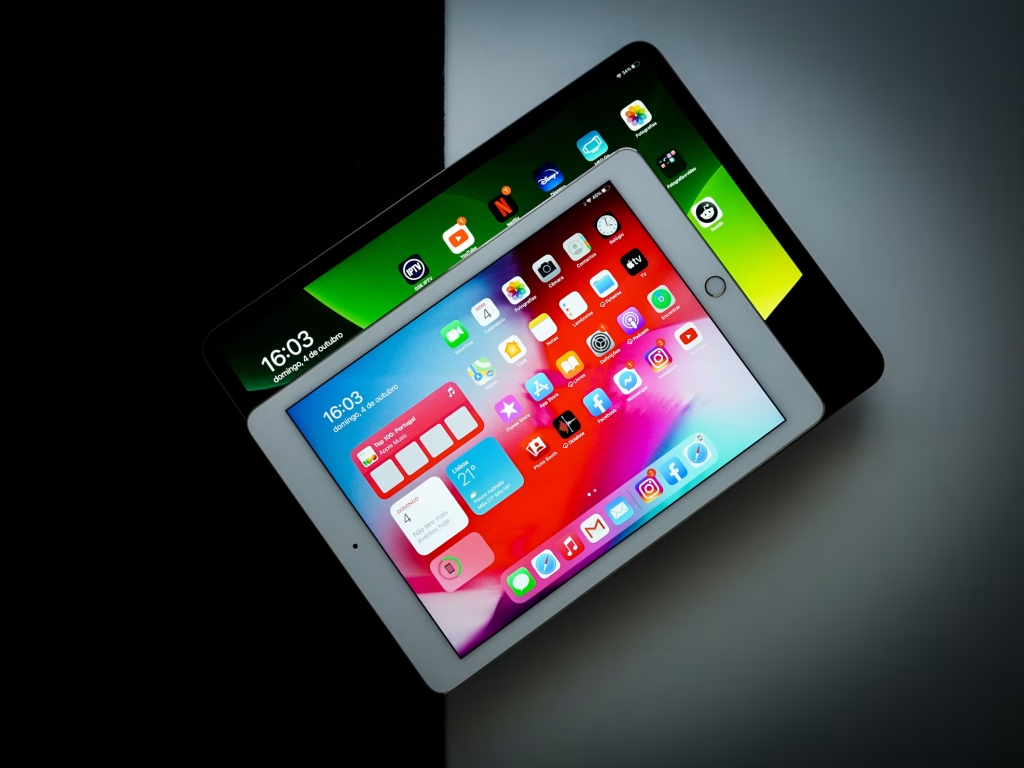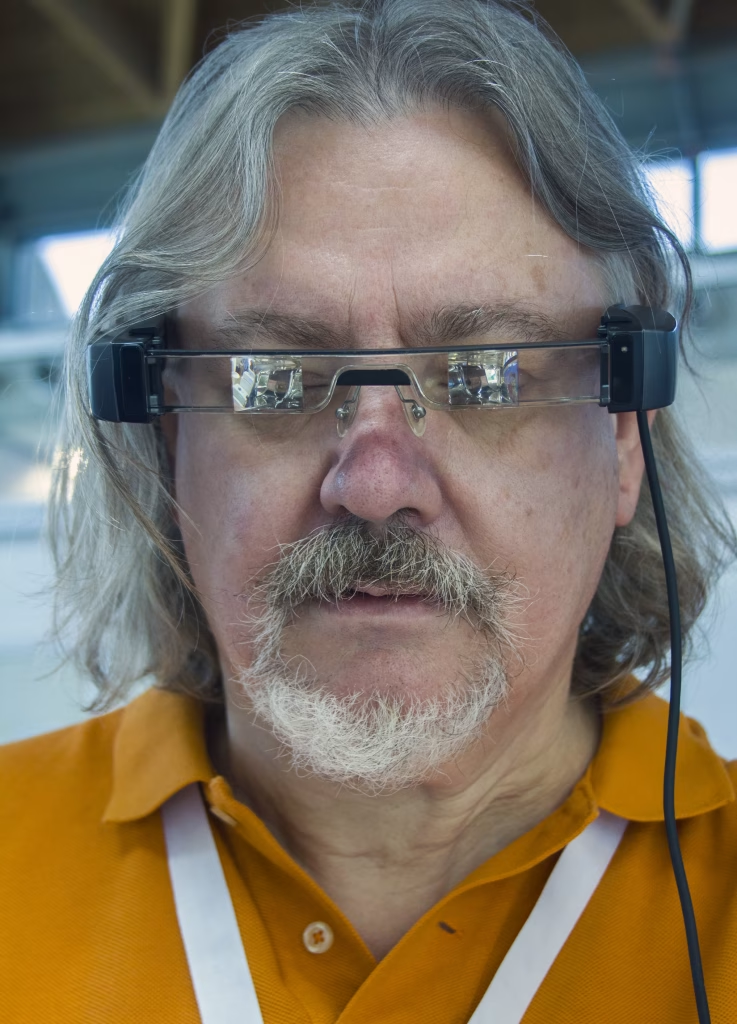From touchscreen tablets to autonomous taxis, numerous cinematic visions have leapt off the screen and into reality. This compelling interplay between art and innovation not only fascinates but also challenges us to rethink how storytelling shapes technological progress and vice versa.
The Power of Narrative: Why These Predictions Matter
Stories don’t just entertain—they spark curiosity. When a film envisions flight-capable cars or personalized holographic assistants, it nudges scientists, engineers, and even entrepreneurs to ask: “Why not?” The most successful predictions often come from creators who ground their visions in plausible science, inspiring real-world innovations that redefine how we live.

Hitting the Bullseye: Key Examples of Science-Fiction That Came True
| Movie | Predicted Tech | Real-World Counterpart & Timing |
|---|---|---|
| 2001: A Space Odyssey | Tablet computers | NASA engineers used tablets in 2010; Apple launched the iPad soon after 2020science.orgelectronics.howstuffworks.com |
| Minority Report (2002) | Personalized targeted ads | Today’s digital marketing tracks your preferences across platforms |
| Blade Runner (1982) | Video calls | FaceTime, Zoom, and Skype do this daily |
| Total Recall (1990) | Self-driving taxis | Waymo, Tesla and other companies now operate autonomous cars |
| Star Trek: TNG (1987) | Touchscreen interfaces | Modern tablets and touchscreens echo this UI |
| The Truman Show (1998) | Reality TV | Netflix, YouTube & countless vlogs revolve around “ordinary” lives |
| The Terminator (1984) | Military drones | Drone surveillance and armed UAVs are now standard |
| Enemy of the State (1998) | Mass surveillance | Gov’t agencies track communications globally |
These are more than coincidences—they signal how filmmakers often extrapolate from existing tech, and thought leaders respond.

Anatomy of a Successful Prediction
To unravel why some sci-fi forecasts come true, here are the three essential ingredients:
1. Science-Based Speculation
Writers ground their visions in real science—whether it’s genetics, AI, or nanotech—and ask “what if?” The more plausible the concept, the more likely it inspires real innovation.
2. Cultural Relevance
Themes tied to social anxieties—like privacy in Enemy of the State or destiny in Minority Report—do more than entertain; they spark public and scientific debate.
3. Technological Feedback Loop
The invention isn’t just the goal. Think of Minority Report and the motion-controlled installations in Apple Stores or modern car dashboards that mimic its interface.

Spotlight on Two Transformative Films
Minority Report: A Mirror to Modern Surveillance
Tom Cruise navigates a world where ads call him by name and dynamically personalize. Today’s AI-driven platforms track clicks, browsing, and even facial expressions to serve hyper-personalized content. The line between art and life blurred further when researchers noted eerily similar “smart ads” in real-world applications .
2001: A Space Odyssey: From “Newspads” to iPads
The crew of History-1 flicked through news on sleek tablet-like devices. Fast forward to 2010: Apple introduced the iPad, and every newsroom, classroom, and Netflix binger quickly adapted .

Why This Should Excite Us
- Inspiration for Innovation: Sci-fi primes the public imagination—what feels futuristic today may be feasible tomorrow.
- Framework for Ethics: Films often dramatize the consequences of unchecked technology, prompting early ethical discourse.
- Cultural Guidance: By highlighting social fissures—surveillance, memory manipulation, moral ambiguity—movies can guide responsible tech adoption.
Beyond the Screen: What’s Coming Next?
- Augmented Reality Universes
From Ready Player One to Black Mirror, immersive worlds are gaining traction. We’re approaching this reality through wearables like Meta’s Quest 3 and Apple’s Vision Pro. - Bio-Implants & Neural Links
Inspired by films like Ghost in the Shell and Ex Machina, companies such as Neuralink are pushing toward brain-computer interfaces—and raising urgent ethical conversations. - Predictive Policing? Think Harder
Recent law enforcement tools that analyze big data for crime hotspots evoke Minority Report’s pre-crime but also invite scrutiny and criticism. - Authentic AI Humans
Sophisticated chatbots and virtual companions are evolving. Yet with psychological and ethical implications, we must consider privacy, emotional manipulation, and AI rights—issues long dramatized in sci-fi.

Conclusion
Movies have an uncanny ability to see beyond the present—offering glimpses of tomorrow’s world. Whether they’re inspiring engineers or provoking ethical debates, sci‑fi’s predictive power is real. As we navigate this future, these stories remind us to balance imagination with responsibility.